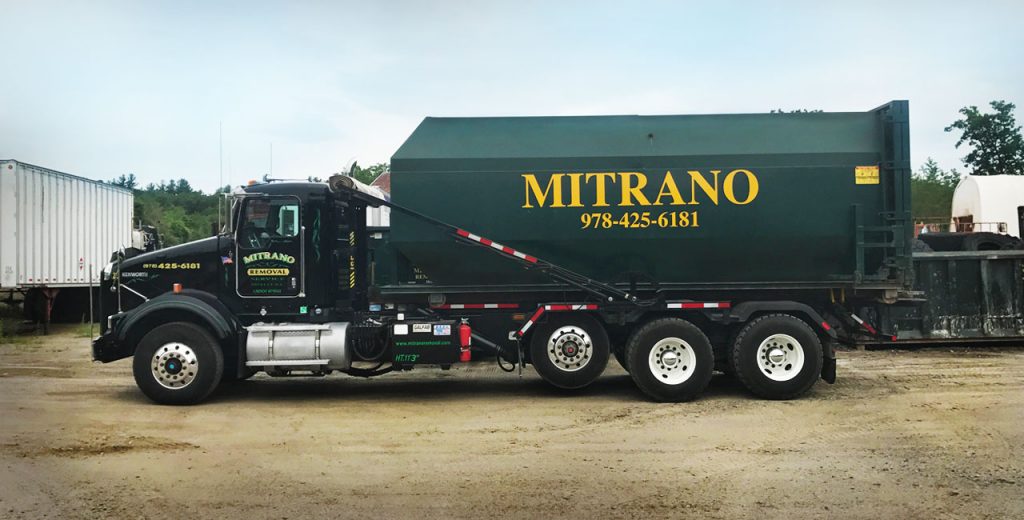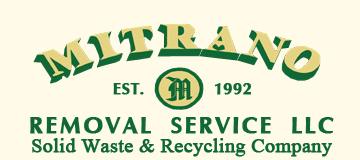 For some businesses a trash compactor makes plenty of sense, especially if they produce 40 or more yards of waste material on a regular basis, such as Large Residential or Industrial. However, if you’re a small retail store, bakery, coffee shop or other mom-and-pop-type business generating only enough waste to fill a small cubic yard container weekly, then you don’t need a compactor.
For some businesses a trash compactor makes plenty of sense, especially if they produce 40 or more yards of waste material on a regular basis, such as Large Residential or Industrial. However, if you’re a small retail store, bakery, coffee shop or other mom-and-pop-type business generating only enough waste to fill a small cubic yard container weekly, then you don’t need a compactor.
Compactors come in all types and sizes. If you’re trying to select the right compactor and size for your operation and application, here are the four basic types that accommodate virtually any kind of business operation and industry:
Indoor compactors are small but powerful and can compact up to 15 standard bags of trash into one. The trash is compacted into a cube that is wheeled out to the dumpster on a device called a lift cart and cranked up so that it can be dumped. Some businesses like indoor trash compactors because they save space in the back of the building, and take care of the pile of trash that normally sits by the back door.
Vertical compactors, also known as front-loaded vehicle service compactors, are a type of compactor that is easily emptied using a front load vehicle. Like indoor compactors, vertical compactors are typically small but are installed outside, occupying less space than other compactors, making them ideal for confined spaces. These small trash compactors are primarily designed to handle dry goods such as a variety of paper products, plastic, and more.
Stationary compactors are designed for businesses that produce predominantly dry waste, such as various kinds of paper and cardboard, wood, and plastic. It’s called “stationary” because the compactor itself is installed and a removable container is used to dispose of the compacted trash. This type of compactor is most suitable for larger operations such as industrial facilities, warehouses, and some larger retail stores.
Self-contained compactors are built to handle more organic-type trash, such as restaurant or grocery store food processing and healthcare facility medical waste. These compactors are especially designed to handle wet waste – the entire unit including the compactor section and waste containers are hauled to a waste-to-energy or other disposal facility to minimize risk of leakage. The smaller power module is left onsite to avoid damage.
If you’re a larger operation that produces between 30 and 40 cubic yards of trash per week, you should consider a compactor, such as a vertical system. If your waste generation more like 60-150 cubic yards per week, then you’re definitely a candidate for a stationary or self-contained compactor.
There are many things to consider when investigating what type of waste equipment will best fit your needs. Here at Mitrano Removal Service, we review all options with our customers and help them choose the right one for their industry, application, and need. When utilized properly, trash compactors can be a big time and money saver for businesses of all sizes.
